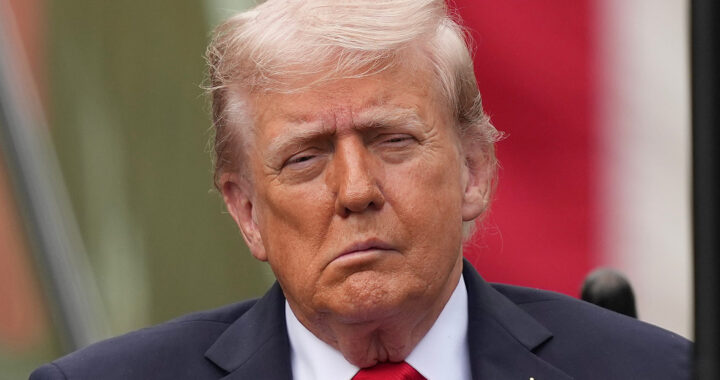The U.S. federal shutdown that began on 1 October 2025 created a volatile setting in which policy ambitions are beginning to surface with new clarity. Funding legislation has stalled, agencies are partially immobilized, and political factions are using the disruption to shape public narratives about the future structure of national governance.
Central to the issue is the controversial conservative manifesto dubbed Project 2025. It provides a blueprint from policy strategists, advocacy groups, and legal architects for reconfiguring various federal departments, executive authority, and regulatory functions. It is designed for immediate implementation upon a favorable change in presidential leadership.
Donald Trump, in his post on Truth Social on 2 October 2025, announced he would be meeting with Russell Vought, his director of the Office of Management and Budget, to determine which federal agencies, especially those alleged to be Democrat-aligned or liberal-leaning, should be trimmed down, and whether the corresponding cuts will be temporary or permanent.
Note that Vought is a Christian nationalist and a conservative political analyst. Trump referred to him as one of the architects behind Project 2025. This is true. The Center for Renewing America, an organization founded by Vought, was listed as a member of the Project 2025 advisory board. He also served as the budget chief during the first Trump administration.
The shutdown has created advantages for supporters of the conservative manifesto. Advocates believe that there is an opportunity to influence appropriations and pursue structural reforms that shift authority toward the executive branch and reduce the independence of longstanding agencies due to the widespread disruption of functions across federal agencies.
Note that key elements of Project 2025 include large-scale deregulation in environmental, labor, and financial policy areas, along with proposed consolidation or elimination of agencies deemed inefficient. The framework calls for expanded presidential control over rulemaking, staffing, and agency directives, with fewer procedural barriers to implementation.
The entire agenda not only undermines constitutional checks by reducing congressional authority but also weakens judicial review and politicizes the civil service. Democrats, civil rights groups, policy analysts, and even some Republican observers warn that rapid administrative restructuring could create legal disputes and long-term governance instability.
Joe Biden and Kamala Harris, along with other Democrats, used the controversial conservative manifesto as part of their talking points during the 2024 presidential campaign. Trump repeatedly distanced himself from Project 2025 and insisted he knew nothing about its creation. The sudden mention of it on his social media post surprised even right-aligned observers.
Supporters of the initiative contend that existing institutions have accumulated excessive autonomy and that political leadership should have greater influence over federal operations. They argue that streamlining agencies and elevating appointed officials would increase accountability, reduce regulatory burden, and reorient national policy priorities.
Questions remain about feasibility and legal durability. Court challenges, political resistance, and public opposition could slow the adoption of key provisions. Moreover, even with a pronounced and strong executive backing, many restructuring efforts would face several statutory constraints and constitutional limits that require judicial or legislative review.





